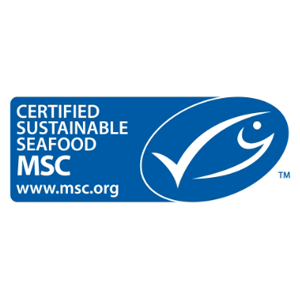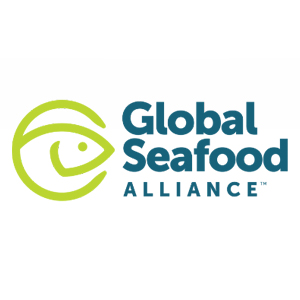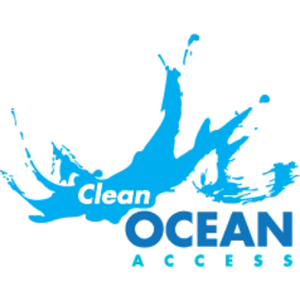

Our Partnership


Raw Seafoods is a proud corporate member of the Global Seafood Alliance (GSA). As a member, Raw directly supports GSA in its mission of advancing responsible seafood practices worldwide through education, advocacy and demonstration. We share an overarching vision of a world that embraces the role of responsible seafood in meeting global nutrition needs.
Ocean food production could produce six times more food than it presently does if it's managed better and more sustainably. GSA's work aligns with the United Nations Sustainable Development Goals (SDGs), most notably Goal 2: Zero Hunger, Goal 5: Gender Equality, Goal 8: Decent Work and Economic Growth, Goal 10: Reduced Inequalities, Goal 12: Responsible Consumption and Production, Goal 13: Climate Action, and Goal 14: Life Below Water. Today, progress is being made in many places, but overall, action to meet the Goals has not advanced at the speed or scale required. This is where the seafood industry – and GSA as a vehicle – must come in and play a role.
The global human population is expected to reach 9.9 billion people by the year 2050. As the population grows, more people will need access to high-quality, nutritious, and responsible seafood. Through partnering with GSA, Raw supports small-scale seafood producers in learning how to maximize and optimize their processes, while keeping responsible production practices at th forefront of their operations.


Only one in ten Americans get the recommended two 4-ounce servings of seafood per week.


Omega-3 fatty acids in seafood can reduce cholesterol and inflammation in the body. They have also been linked to lower risk of heart attack.


How big is a serving? Think a deck of cards!
Which health systems benefit from seafood twice each week? Your heart, brain, eyes and muscles!


Beyond protein, seafood provides a source of Vitamin D, Vitamin A, Selenium, Zinc, Iron, and more!




What can I do? Eat a variety of species and be sure to ask for responsibly or sustainably sourced options to ensure your choices are good for you and the planet!


 DEFINED
DEFINED
noun | aqua·cul·ture
The cultivation of aquatic organisms (such as fish or shellfish) especially for food. 1
THE FUTURE OF FISH
By 2030, nearly two-thirds of all seafood produced for human consumption will come from aquaculture. 4


PLANT-BASED FARMING


Aquatic plant farming is practiced in about 50 countries. Kelp removes carbon from the atomosphere and stores it in the depths of the ocean, thus mitigating climate change. 6
THE MOST EFFICIENT
form of animal protein on the planet. 2


ZERO BYCATCH


No animals are unintentionally caught or harmed by fishing lines or nets.
LOWER GREENHOUSE GAS EMISSIONS
than other types of farming.


FRESHNESS


Aquaculture helps bring fresh fish to consumers because the fish are harvestedand frozen right on location (instead of waiting hours offshore like most wild-caught).
MORE THAN 100 MILLION PEOPLE
Everyone from farmers to fish processors to retailers, depend on the aquaculture industry for their livelihoods. 3 Overall, it supports the livlihoods of over 12% of the world’s population. 4


SUPPORTS RURAL COMMUNITIES
The aquaculture sector makes a significant socioeconomic contribution in coastal and rural communities where economic opportunity tends to be limited. 5


RESTORATION


Aquaculture can be restorative for the environment. For instance, shellfish filter impurities from our water systems, i.e. rivers, lakes, and oceans.
1. Merriam-Webster 2. National Geographic, 3. Waite et al., 4. World Bank, 5. World Bank, 6. World Bank
MEET MORE OF OUR PARTNERS



